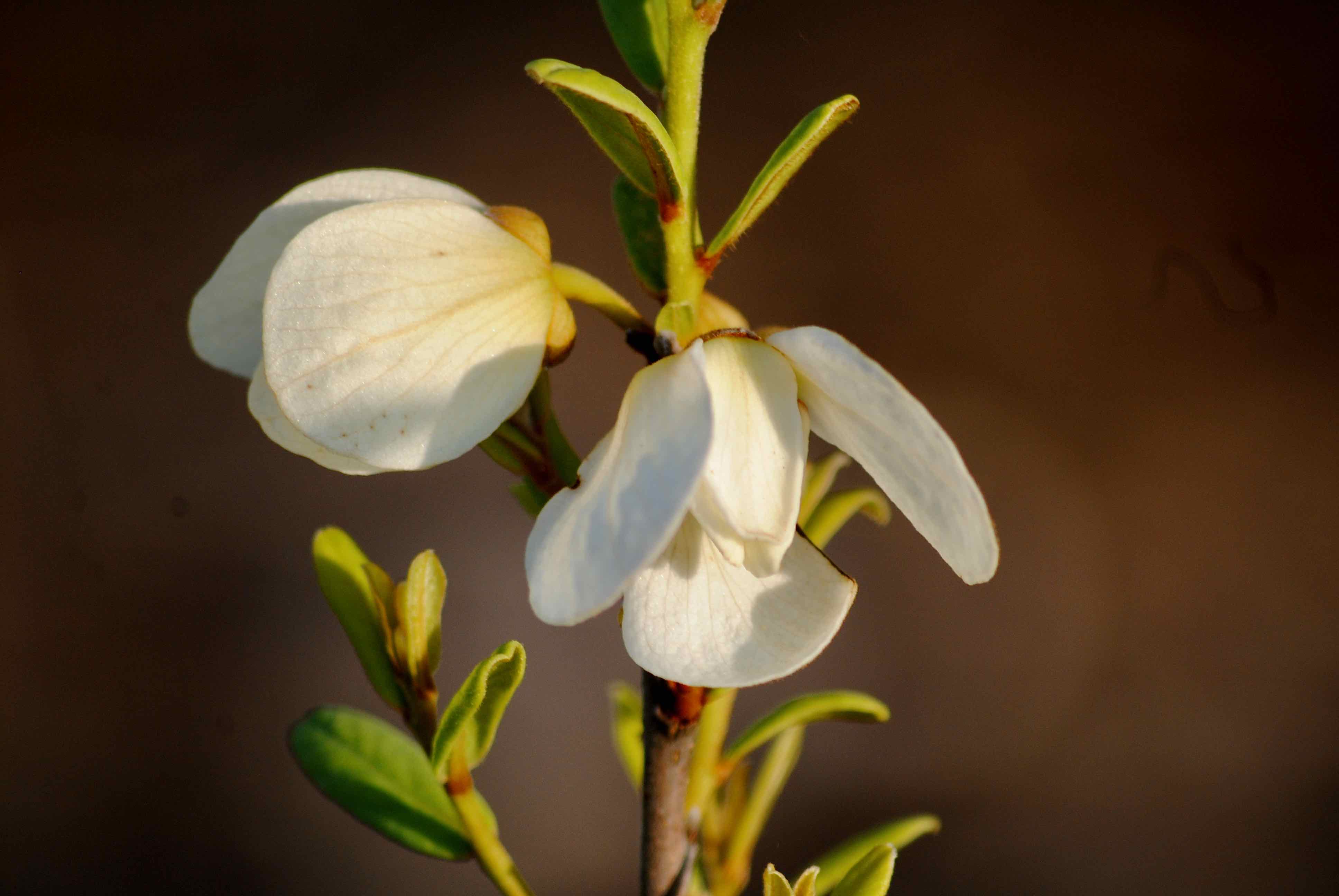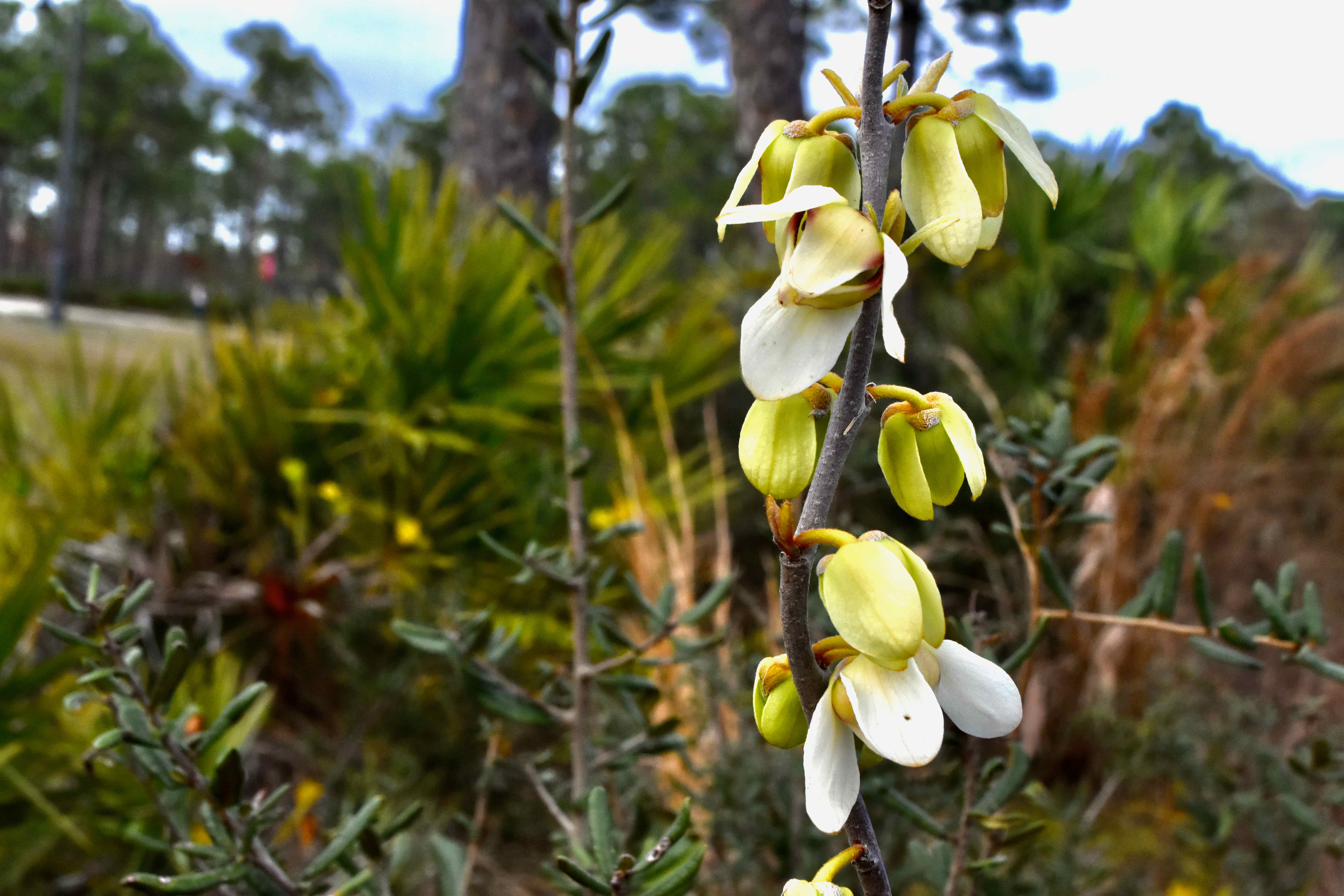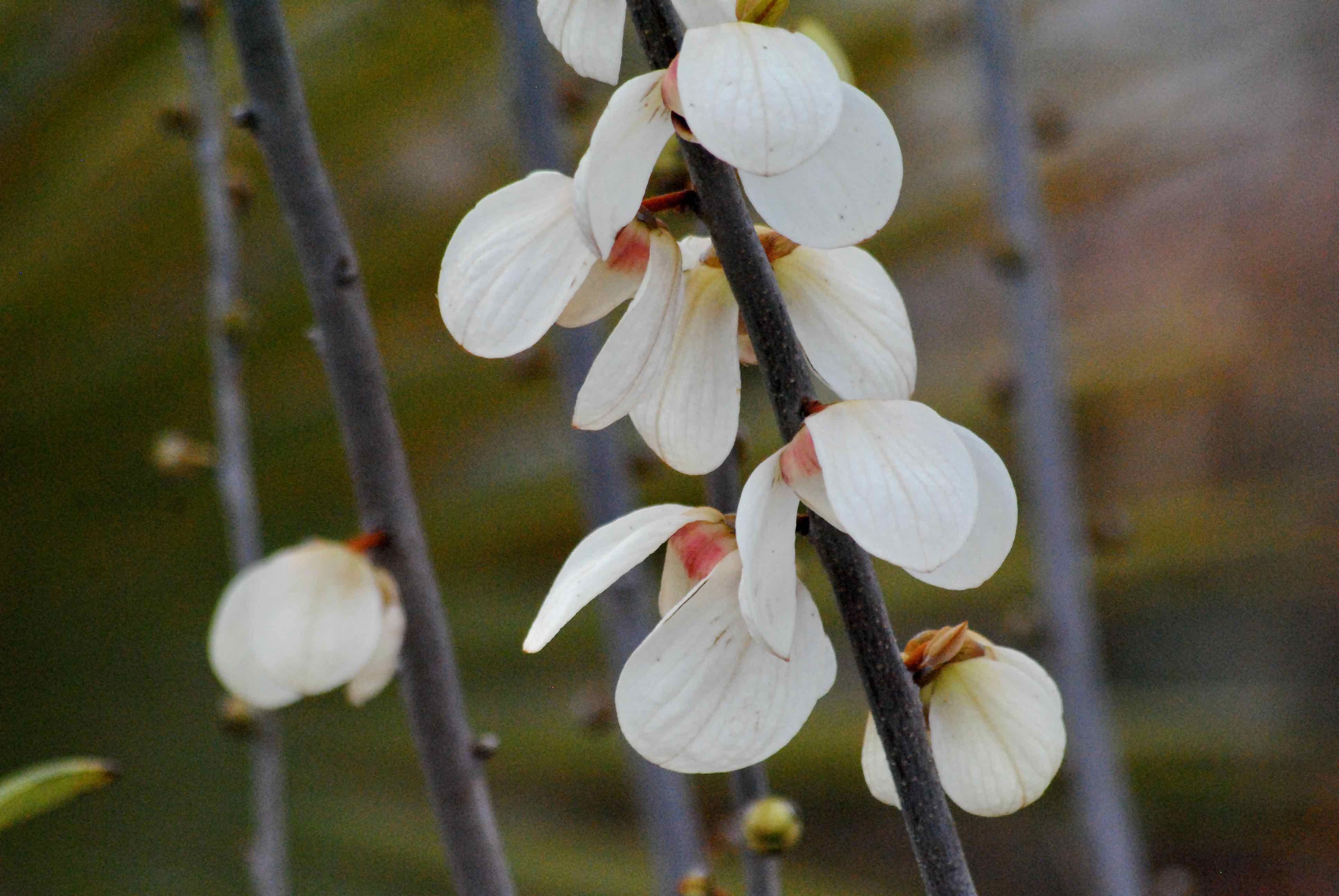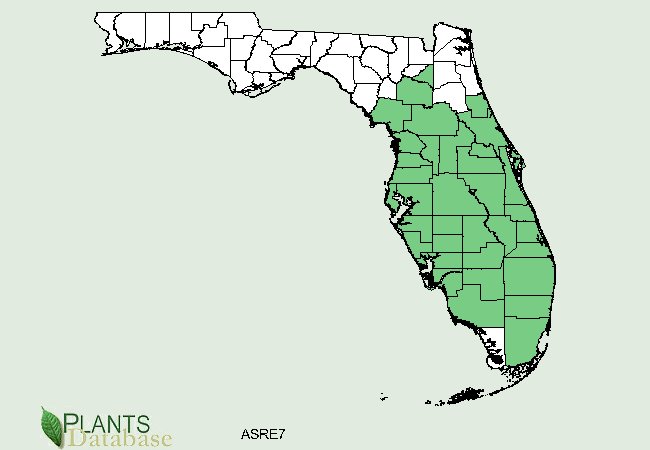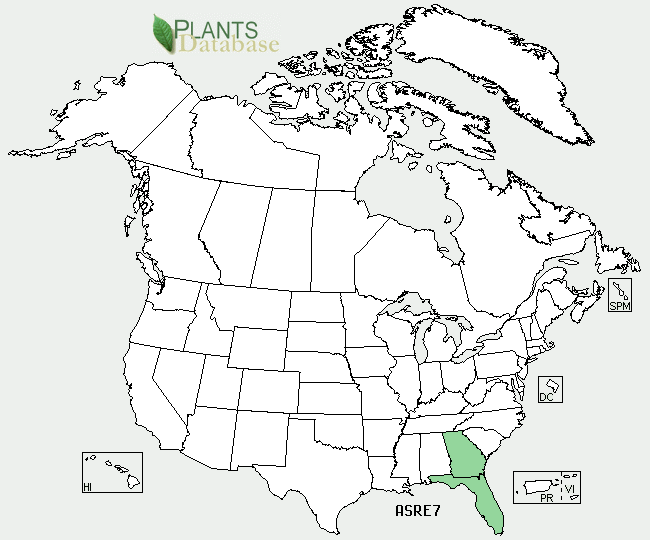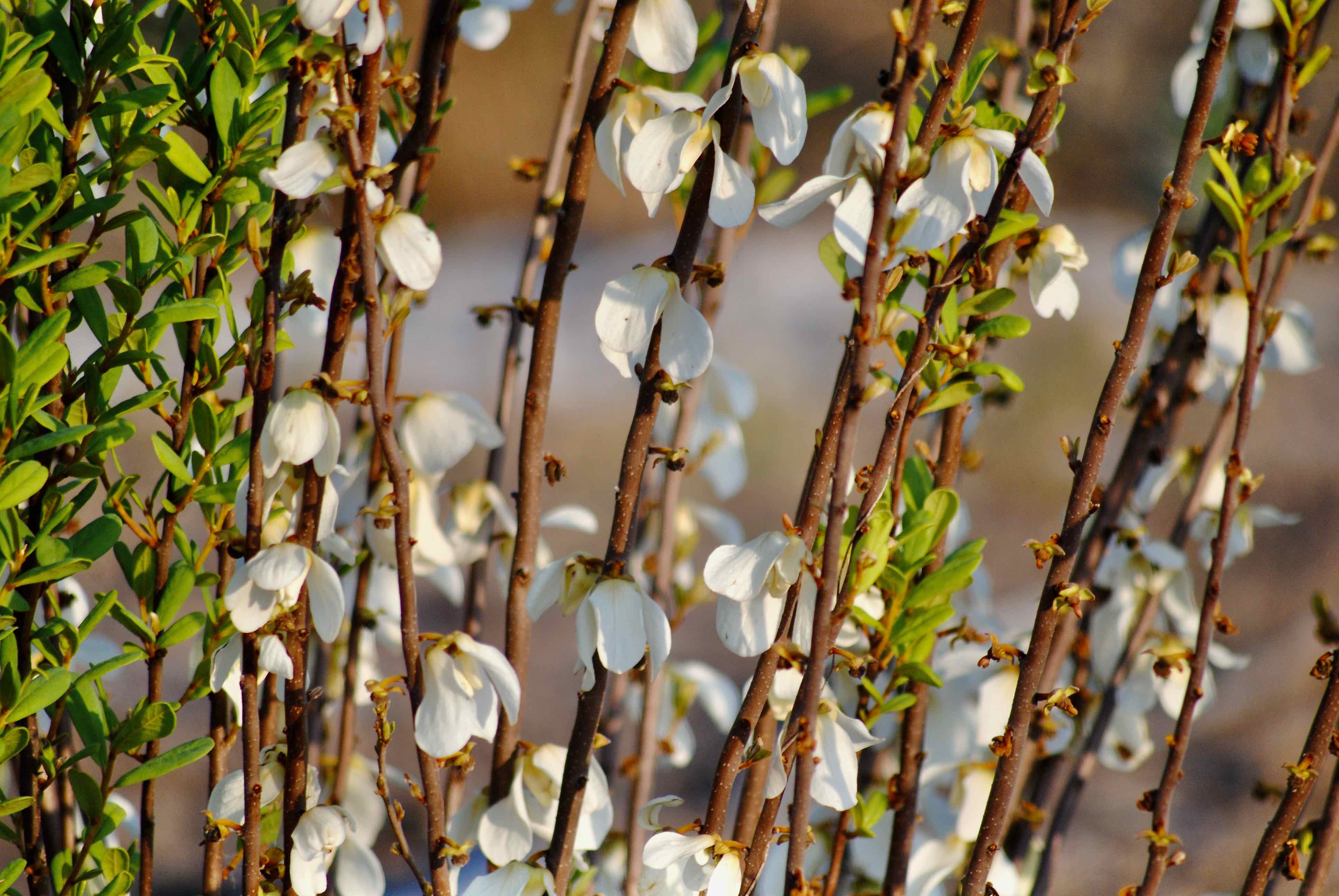
Netted pawpaw, photographed at Lantana Natural Area, Lantana, Palm Beach County, in March 2014.
Netted pawpaw, Asimina reticulata, could be declared South Florida's official flower of spring. It's to our region what forsythia or pussy willow is in colder climates.
It is one of four species of pawpaw found in South Florida, and the most common. This list includes flag pawpaw, wooly pawpaw and the endangered four-petal pawpaw, found only in Palm Beach and Martin counties. Flag and wooly pawpaws are rare in the region, if they exist at all, and are limited in where they're found. Four-petal pawpaw also has a narrow range and is easily distinguished from netted pawpaw by the dark throat of its flower.
Our guy, on the other had is fairly widespread found in flatwoods, pinelands, old pastures and scrubs throughout Florida' Peninsula and parts of Georgia near the Florida line.
Netted pawpaw is a shrubby plant, growing to about two to four feet tall, generally narrower than it is tall and with multiple branches. The flowers are large and showy, white to cream colored, fragrant and hanging downward. It has three petals that give it a triangular shape to it. There can be as many as threee flowers per node. Blooming season runs from mid-winter (February in South Florida) to mid-spring (April into perhaps very early May). Netted pawpaw also produces plum-shaped greenish-yellow berries that are a significant source of food for wildlife.
Netted pawpaw is also deciduous, dropping its old leaves in late fall, early winter, producing new leaves at the same time as the flowers begin to emerge. The leaves are oblong to elliptical in shape and leathery to the touch. They are simple (not compound), arranged alternately along the stem and are entire, meaning the edges are smooth rather than serrated.
The fruit is edible and highly nutritious, although how good it tastes is a matter of opinion. The problem with trying to eat one — and the fruit can be eaten straight of the plant — is finding one, according to our favorite Florida forager. Animals are likely to get them before we do.
The Seminoles made use netted pawpaw medicinally. According to Medical Botany: Plants Affecting Human Health, by Walter H. Lewis, they made a tea from the flowers that they used to relieve kidney problems. (On the other hand, the late ethnobotanist Daniel Austin, says there is no record of the Seminoles using pawpaw even though this particular drink is widely known as Seminole tea).
It is cultivated, and used in landscaping, restorations and butterfly gardens, the Institute for Regional Conservation says. Netted pawpaw is a host plant for the zebra swallowtail and pawpaw sphinx butterflies. Netted pawpaw is drought tolerant and doesn't require much water once established, but it has a deep tap root and is difficult to establish and transplant, according to the Florida Native Plant Society. It also likes full sun.
It is a member of the Annonaceae, or custard apple family, same as the pond apple. The family resemblance becomes apparent in the shape of the flowers. Other common names include common pawpaw and flatwoods pawpaw.
Click on photo for larger image
U.S. Department of Agriculture Distribution Maps

Links for Netted / Common Pawpaw

